Pining for Pigneto – a guide to the quarter’s coolest haunts
Pigneto is located on the east of Rome’s centre, within Municipio V, just a short tram ride from Termini Station. It stretches between Via Prenestina and Via Casilina, roughly bounded by the railway lines and Via dell’Acqua Bullicante. It was once a working-class and neglected quartiere on the “other side of the tracks”. Today, Pigneto as we know it blends rebellion and reinvention, after an intense process of urban regeneration. Pigneto is rich in indie boutiques, natural-wine bars, vintage shops, and some of Rome’s most mesmerising street art.
A Little History of Rome’s Pigneto neighborhood:
When you were young did mamma ever tell you not to cross the tracks? Well, she would be correct, except when it comes to Rome. While the fanfare of Piazza di Spagna and the Pantheon may initially hold true, something a little more unique brims on the other side of the tracks: Rome’s coolest patch of splendour, Pigneto.
The neighborhood’s name literally translates as “the pinewood”, pointing to the rows of tall pines that would once surround Villa Serventi, a historical villa in the area.
Until the 1870s this area was only occupied by some private villas and farmland. But at the end of the 1800s, today’s area of Pigneto saw the birth of a series of small spontaneous and unorganized settlements, and the subsequent development of different industrial complexes in the 1900s. Il Pigneto, did, in fact, become home to a diverse population of industrial workers.
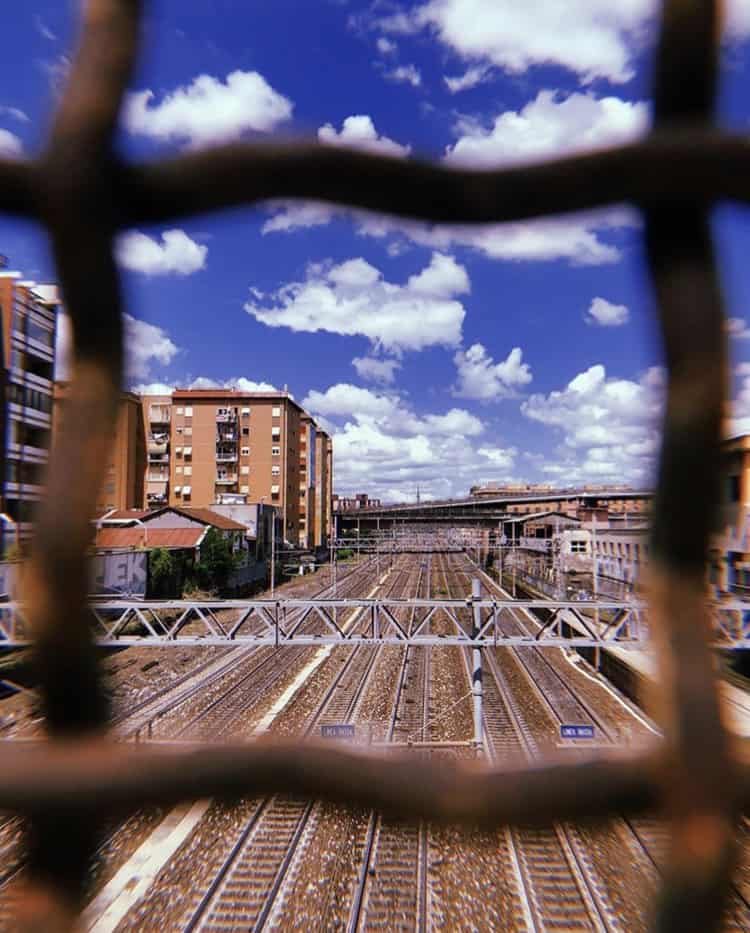
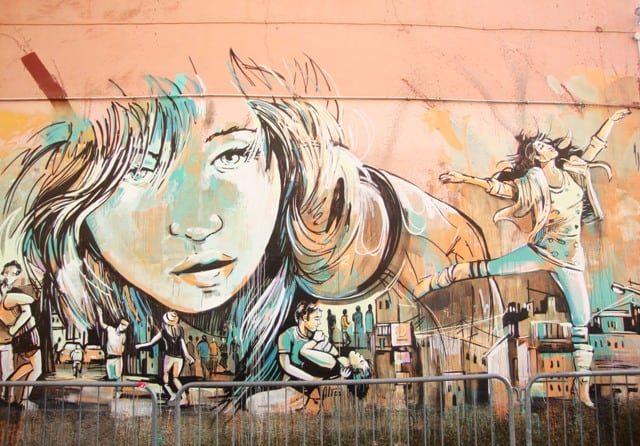
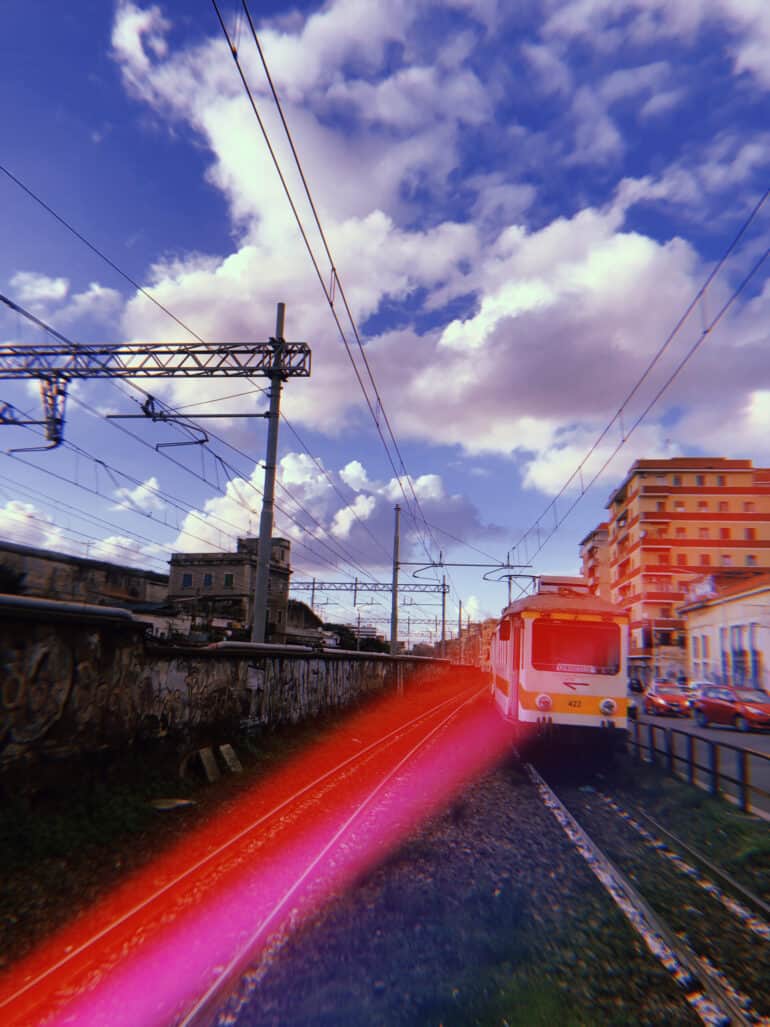

Between the 1920s and 1940s, the area saw the construction of numerous buildings, all in different styles. In fact, Pigneto is characterized by an interesting architectural inhomogeneity, ranging from liberty, baroque, and eclectic. In those same years, some privates built Pigneto’s typical low and colorful houses that you will see scattered around the neighborhood, which do not look like anything else you’ll see around the city.
Many visitors say that to walk around Pigneto feels like exploring a little village of its own, that doesn’t necessarily belong to Rome. The architectural diversity, the alternative shops, vintage stores, diverse bars and restaurants give a new, different feel to the city as a whole. And the population of this neighborhood is incredibly diverse, too–from Pigneto’s historical inhabitants, to young University students and immigrants.

There are numerous peculiar and alternative things to find out in Pigneto. You can read a book on tattoos and illustrations from the Uroboro Bookshop in via Ascoli Piceno 21. Or you can take a walk in Pigneto’s alleys, and admire the incredible street art that colours the area. You can walk under the aqueducts, or you can engage in some fun industrial archaeology by visiting the social centre ExSnia and its artificial lake. Or better yet, why don’t you take part in our Discover Pigneto: Photo Walk + Aperitif, a guided stroll that captures murals, hidden corners, and golden-hour shots, ending with a well-earned aperitivo in one of the area’s best bars.
After you’re done with you walking around, check out our top picks on some places where to eat, grab a drink, and have a nice night out.


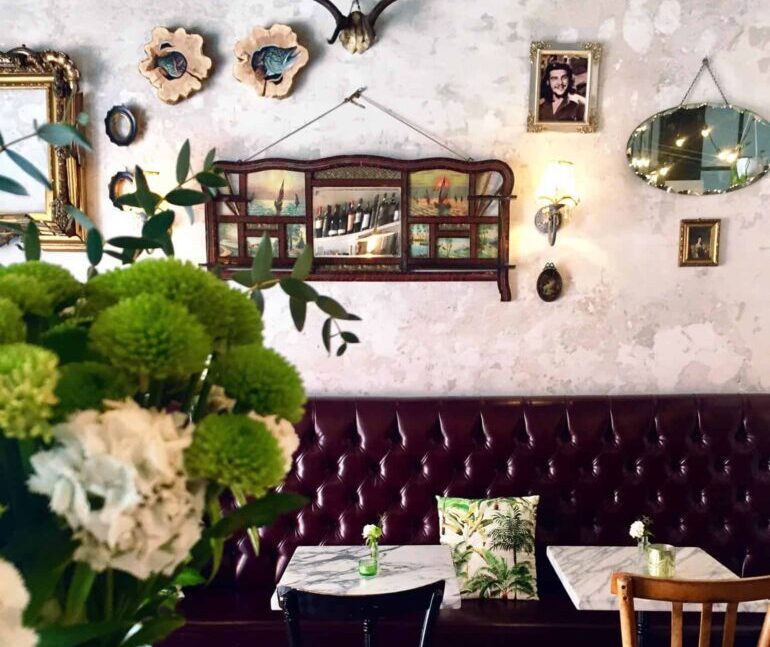
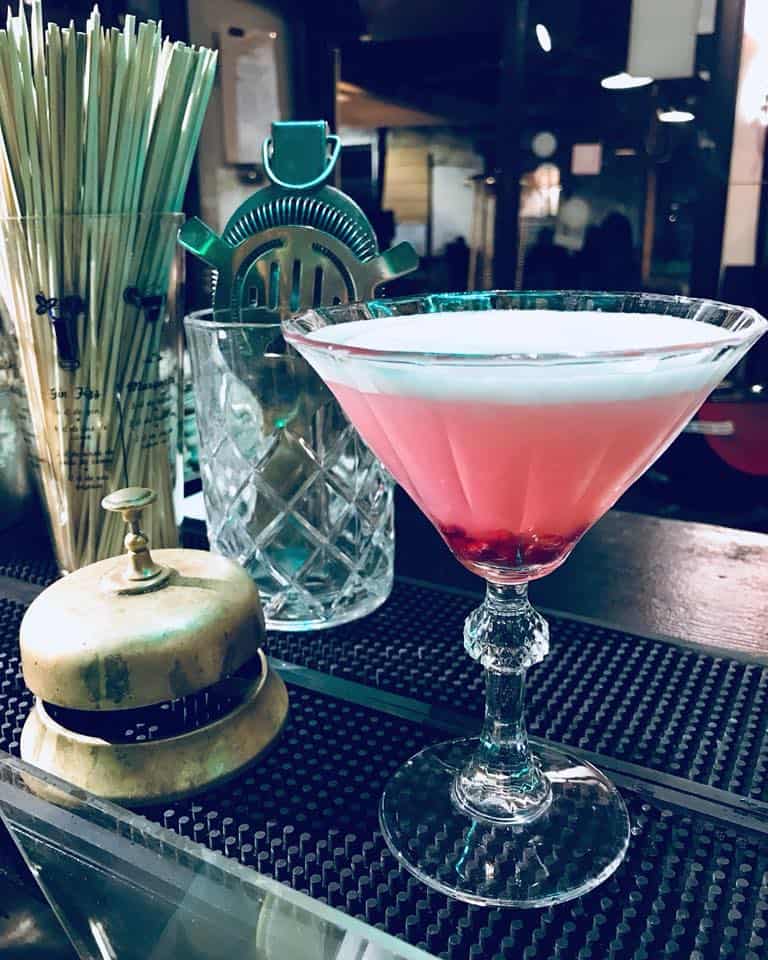




thank you for the site
🙂
Very useful tips, thank you !
Thank you for the guide, very interesting reading, sadly “Dal Verme” and “Primo” are now closed 🙁
If you are looking for GLUTEN-FREE Resources in the Pigneto District you may find some useful informations in this list I link, feel free to share 😀
http://www.ogluapartments.com/en/gluten-free-on-holiday-has-never-been-so-simple/rome/pigneto-district/